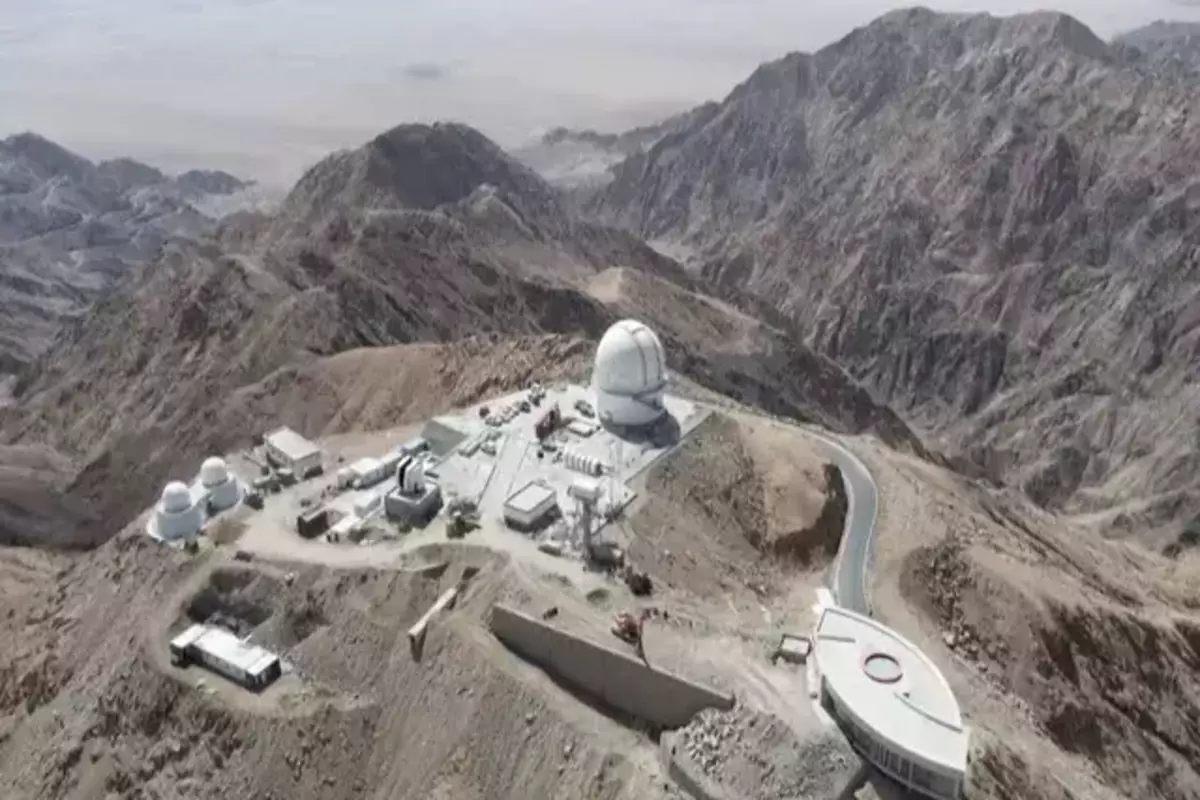
China will soon launch a wide-field survey telescope, the most powerful sky survey telescope in the Northern Hemisphere, to aid scientists in monitoring dynamic astronomical phenomena and conducting time-domain astronomical observation research.
The telescope was created in collaboration between the Chinese Academy of Sciences and the University of Science and Technology of China.
According to the observatory, the telescope will likely begin operation in mid-September, assisting scientists in monitoring the dynamic astronomical occurrences and conducting time-domain astronomical observation research.
“Measuring 2.5 meters in diameter, the Wide Field Survey Telescope (WFST) is now the largest time-domain survey facility in the Northern Hemisphere”, the observatory continued.
Lou Zheng, chief engineer of the observatory’s Qinghai observation station stated, “After the WFST becomes fully operational, we can use it to detect some very faint and distant celestial signals, including those from distant galaxies and galaxy clusters outside the Milky Way”.
“It will become the most powerful sky survey telescope in the Northern Hemisphere”, Kong Xu, the project’s chief designer at the University of Science and Technology of China, noted.
Xu went on to say, “The use of the WFST will greatly improve China’s near-Earth object monitoring and early warning capabilities”.
The telescope was named after the ancient Chinese philosopher Mozi, or Micius, who is thought to have been the first person in history to conduct optical experiments, in 2022.
The telescope project began in July 2019 in Lenghu Town, which has an average elevation of about 4,000 metres. The settlement is also known as China’s Mars Camp because of its strangely eroded desert environment that resembles the surface of Mars.
The Lenghu area benefits from the plateau region’s beautiful night skies, stable atmospheric conditions, dry climate, and lower artificial light pollution, making it one of the best spots for stargazing on the Eurasian continent.
Lenghu has attracted 11 scientific research institutions and 12 telescope projects since 2020, totaling 2.7 billion yuan (approximately 370 million US dollars).
According to the observatory, when completed, the town will be Asia’s largest astronomical observation site.
Also read: Captain Fresh Raises USD 20 Million
To read more such news, download Bharat Express news apps


















